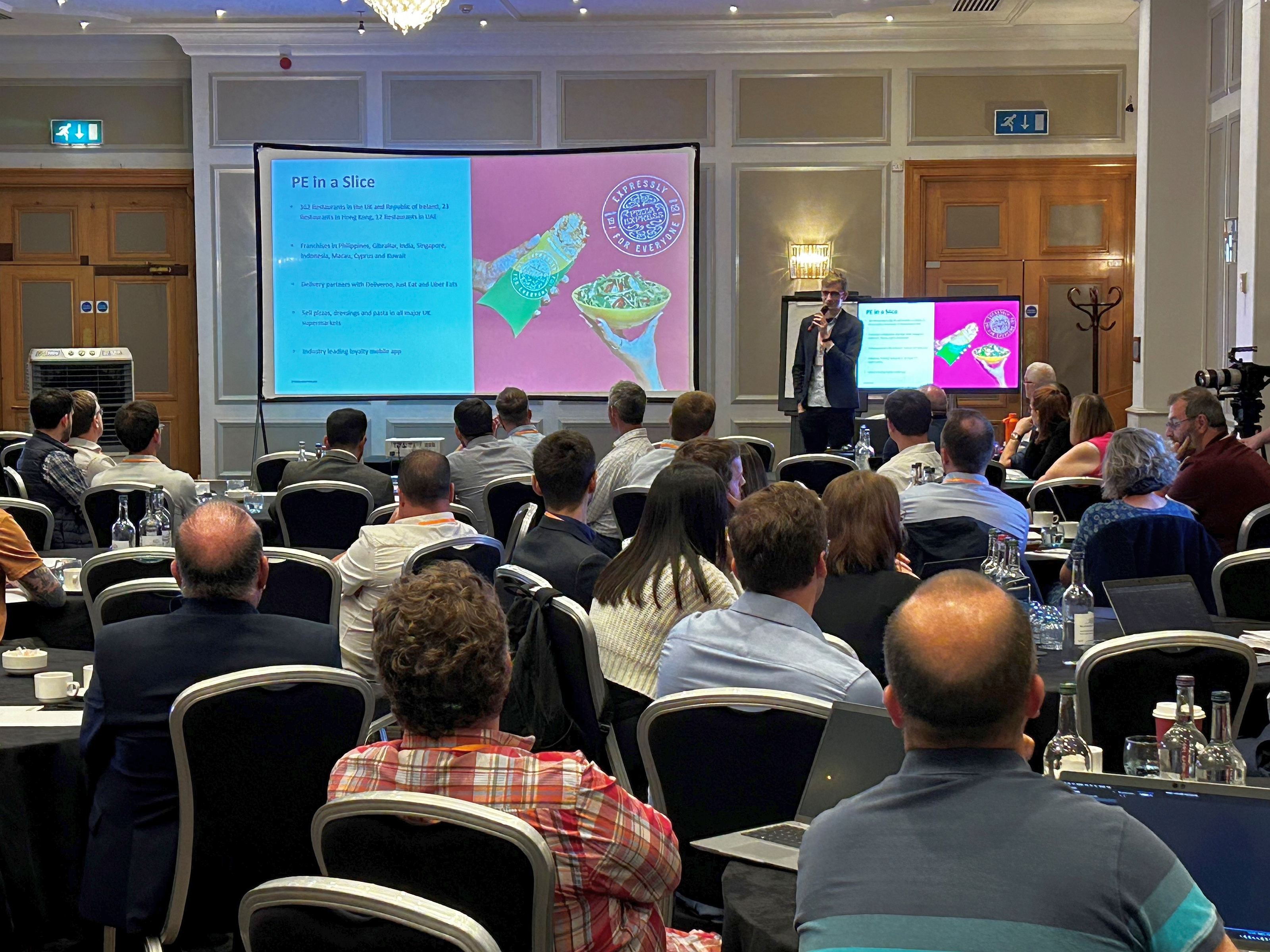What did we learn at Qonnections 2016?
Do you want to do more with your own data?
Coming in June 2016 is the latest update to Qlik Sense. Version 3.0 brings even more improvement to how easy it is to bring your own data into Qlik Sense.
You can now do more when combining different data sources without having to write a single line of script. Qlik Sense will identify how likely data is to be related to each other, creating the relationships between the data without you having to. Qlik Sense will also identify date fields and create calendars for you to use, and if you put these into a line chart you can now zoom in and out to look at particular time periods.
Along with your own data you also have access to cleansed data through the Qlik DataMarket. Coming soon is more detailed financial markets information covering 35 major stock indices, giving you financial information on the associated companies. More data on other topics will be available later in the year regarding Healthcare and Retail for you to make use of in your own analysis in both QlikView and Qlik Sense.
With Qlik Sense version 3.0 search gets smarter! Searching in a Qlik Sense app will not just result in field names and values but also now charts where they are being used. You no longer need to remember in which chart you found a specific value, just search and Qlik Sense finds it for you!
Like to get your hands dirty with code?
If you are a developer, then updates to the Qlik Analytics Platform also brings additions to the Dev Hub. Widgets are a new way of creating simple visualisation extensions without having to know any javascript; only HTML and CSS is used here – helping you modify the look and feel of your charts with little effort.
Developers are also getting improvements to how they interact with the back-end APIs. A new javascript library, Enigma.js, is coming too which will make interacting with the Engine API easier and more straightforward. Other APIs will take advantage of this in later versions.
Keeping up with the style standards at Qlik becomes easier with the release of Leonardo UI (javascript and css library) containing all
of the standard Qlik objects (e.g. buttons and switches) meaning that using these styles you can make your visualisations look and feel exactly like standard Qlik Sense, and have these objects updated as Qlik bring in updated styles.
Want to be able to access your data wherever you are?
Qlik is keen to emphasise that they are taking Qlik Cloud very seriously and are approaching Qlik Sense with a “cloud first” mentality.
Qlik Cloud is being improved continuously, with Qlik Cloud Business coming in the 2nd half of this year and Qlik Cloud Enterprise planned for 2017. Streams, which can be used to separate your apps into sections within Qlik Sense Enterprise, are also coming to the cloud. This will also mean that you will be able to control who is able to access your apps, as opposed to sharing all apps with all authorised cloud users.
Expect to see many more improvements in Qlik Cloud in the future, giving you the maximum flexibility on where and when you want to analyse your data.
To wrap up…
There is plenty to look forward to in June with Qlik Sense version 3.0 and beyond. It has never been easier to analyse your data, whether on your work PC analysing database information or in the cloud using your iPad doing some ad-hoc analysis of your spreadsheets.
Developers and data visualisation experts have plenty to dig their teeth into, with more ways of extending the Qlik Platform using web development skills they know already.
Whatever stage you are on your data analysis journey, wherever you are, Qlik has got you covered.





Comments